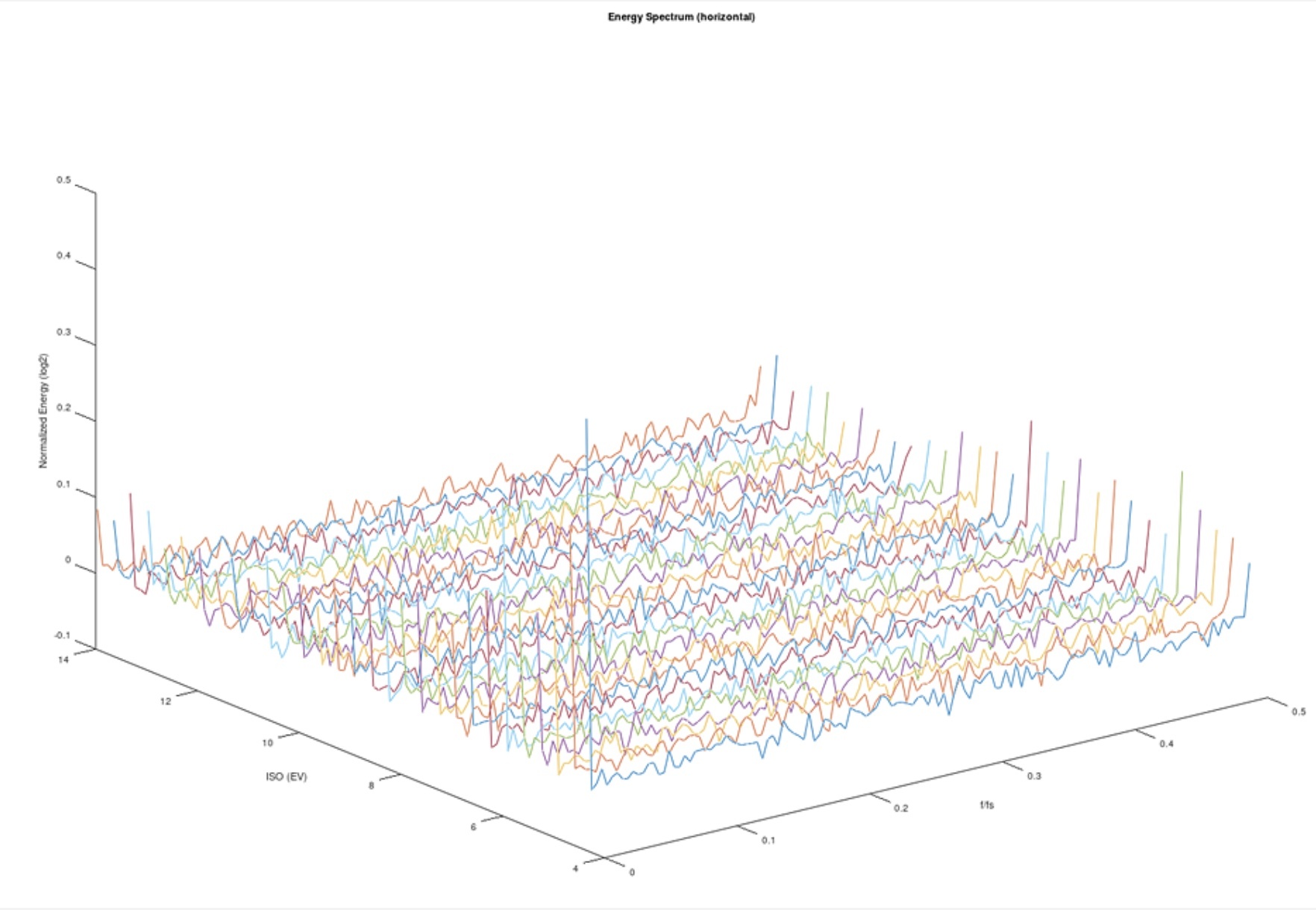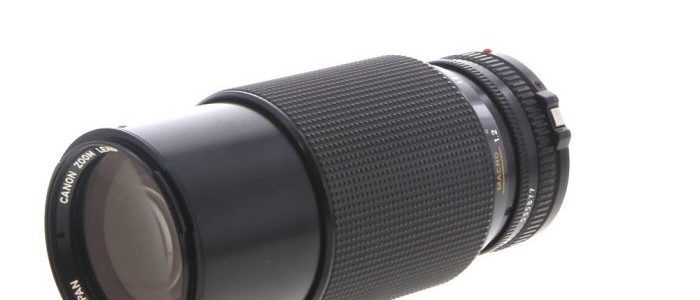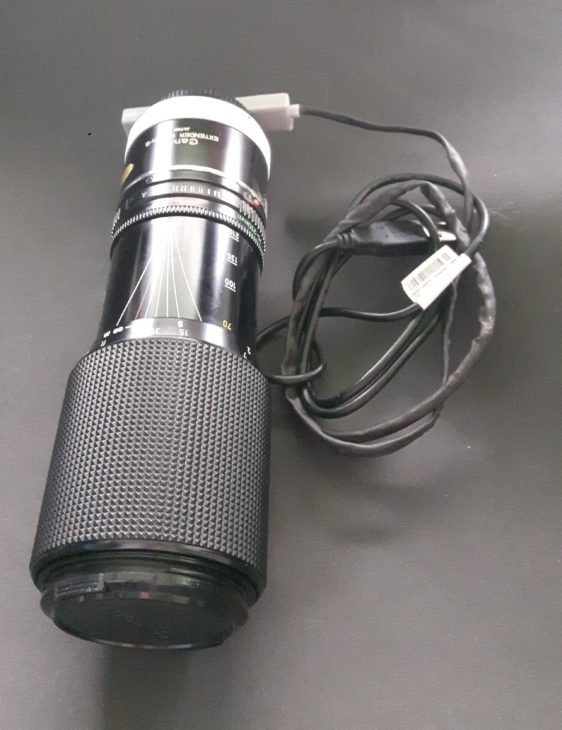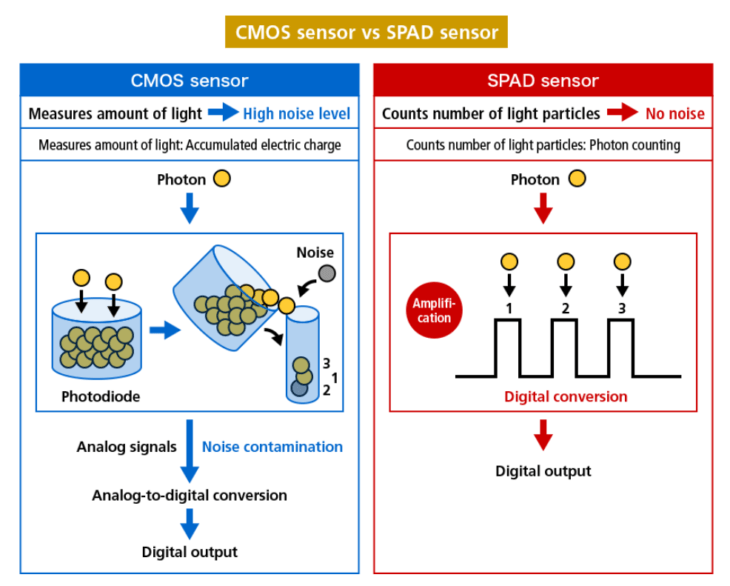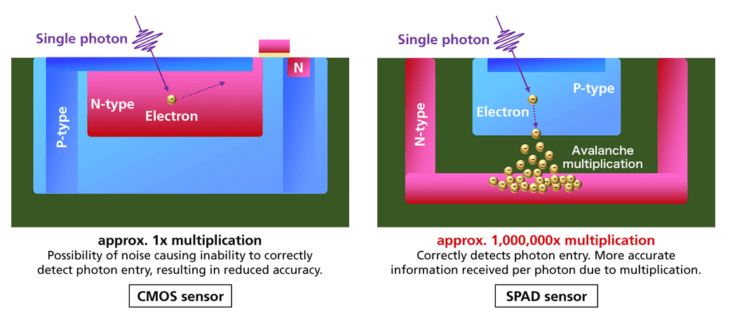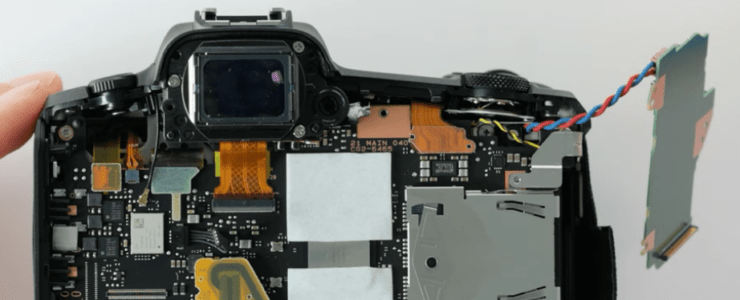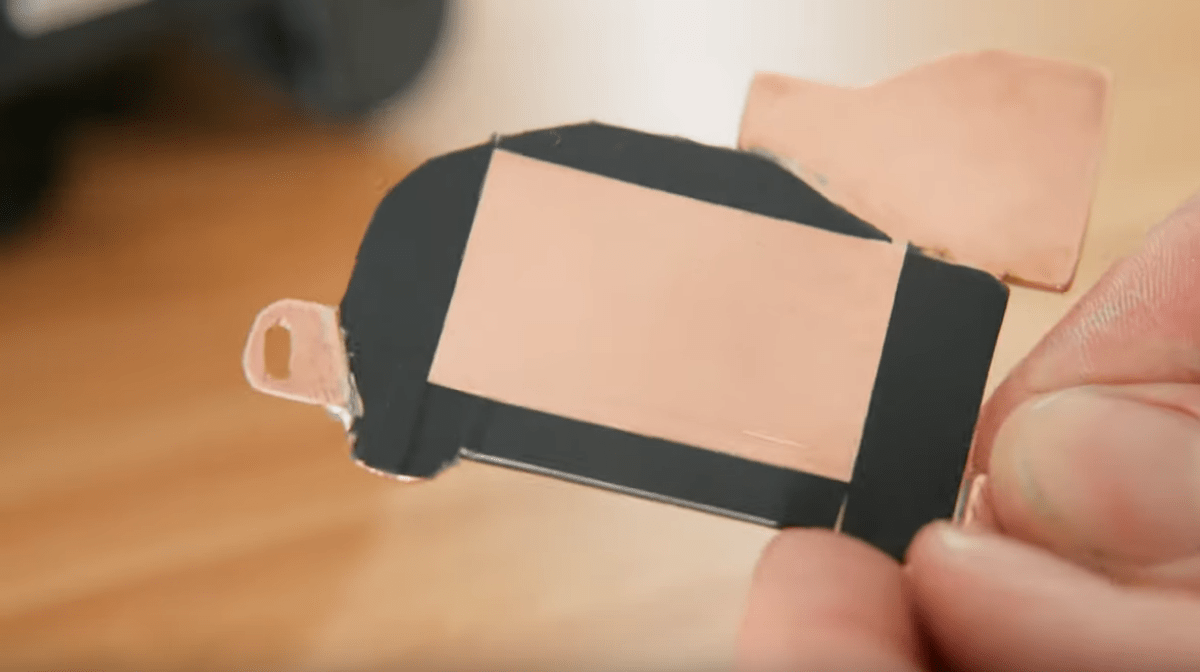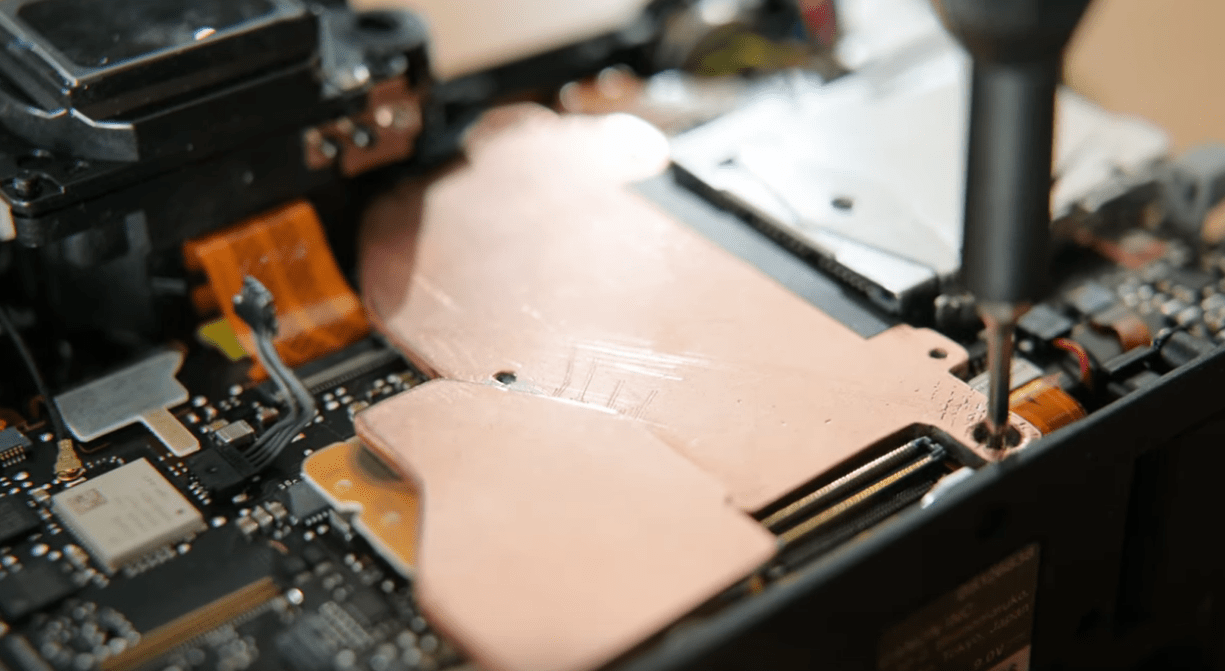Canon Technical Advisor Rudy Winston Explains Canon Auto Focus
Here is a neat video. Host Rudy Winston, Canon technical advisor of renowned fame, explains how Auto Focus woorks on Canon cameras.
Join Rudy Winston, a Technical Advisor in the Product Planning Dept. for Canon USA, and me as we take a deep dive into the amazing auto-focus systems available in the current line of Canon cameras, on this Behind the Shot.
This is a rather exhaustive and long video, coming from Behind The Shot (you can follow Steve Brazill on Twitter). So here is the table of contents:
- 0:00:00 – Intro
- 0:01:26 – Interview with Rudy Winston
- 0:12:56 – General AF Questions
- 0:18:40 – Canon R5 AF Menu Page 1
- 0:41:27 – Canon R5 AF Menu Page 2
- 0:45:41 – Canon R5 AF Menu Page 3
- 0:57:36 – Canon R5 AF Menu Page 4
- 1:11:07 – Canon R5 AF Menu Page 5
- 1:35:58 – My Dual- Back-Button AF Setup
- 1:39:19 – Speed Round Q & A
- 1:41:44 – Rudy’s Photographer Pick
- 1:44:50 – Outro (no typo, they called it that way)
Enjoy the video.



